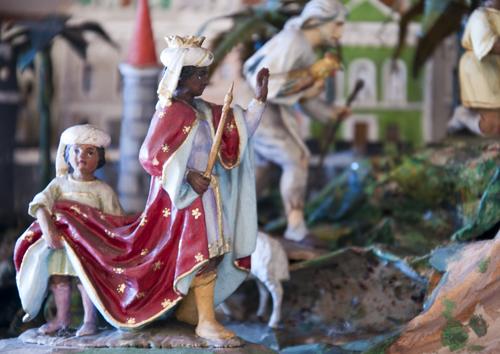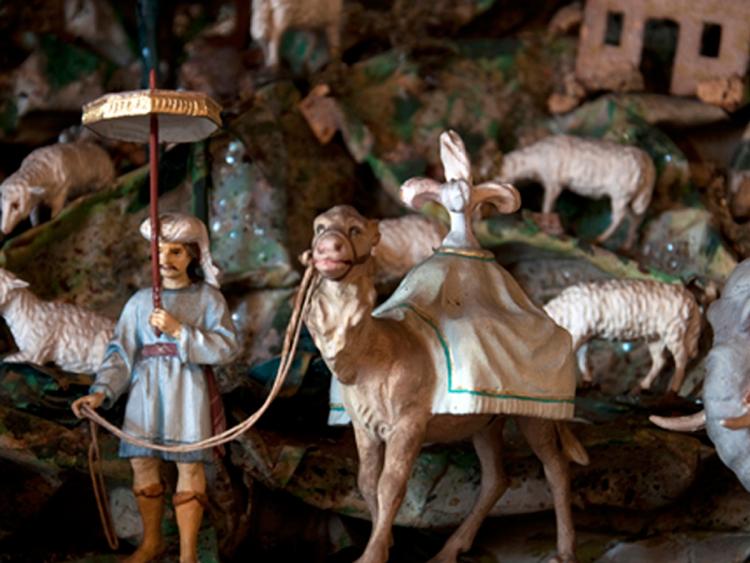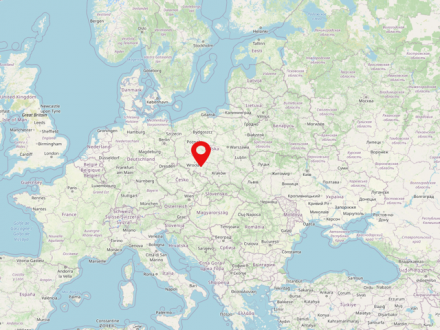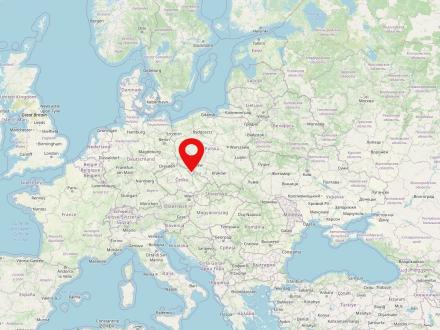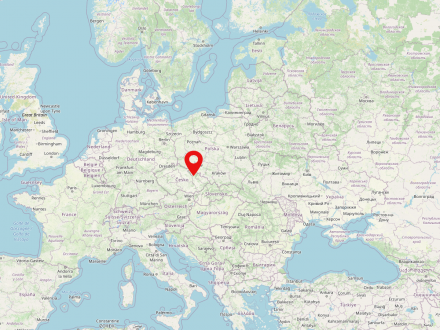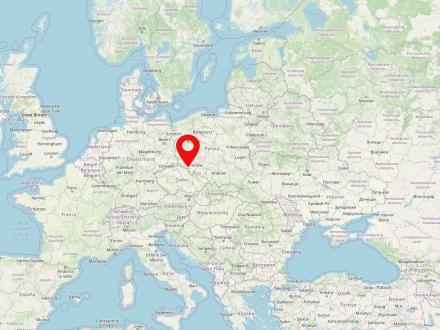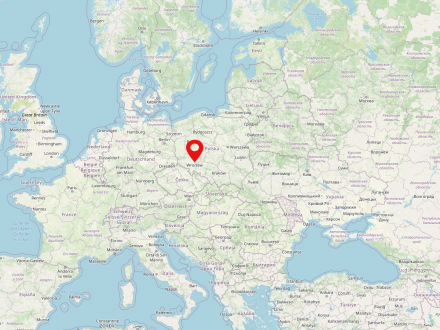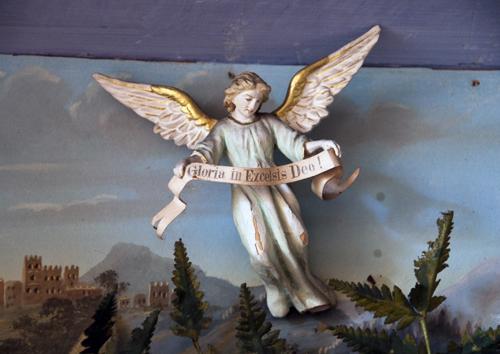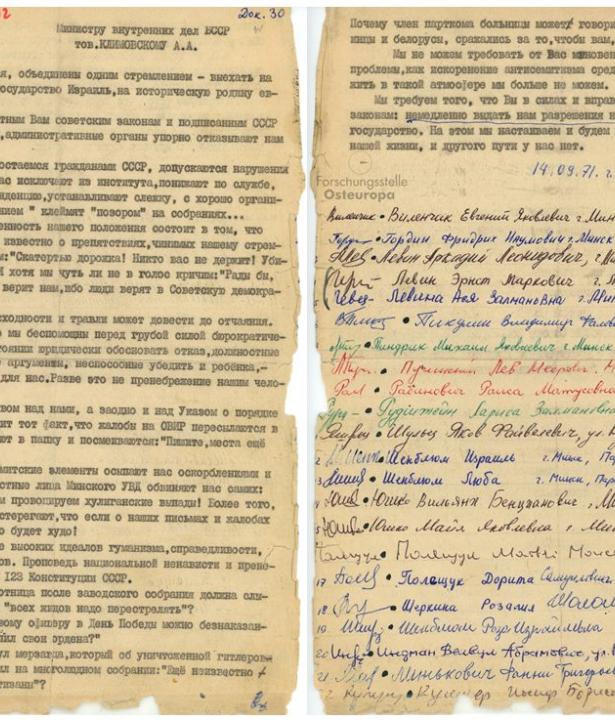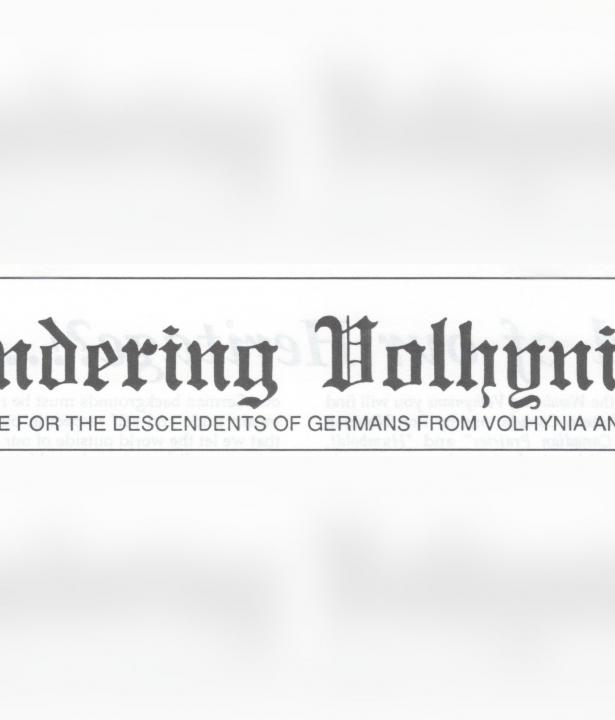Silesia (Polish: Śląsk, Czech: Slezsko) is a historical landscape, which today is mainly located in the extreme southwest of Poland, but in parts also on the territory of Germany and the Czech Republic. By far the most significant river is the Oder. To the south, Silesia is bordered mainly by the Sudeten and Beskid mountain ranges. Today, almost 8 million people live in Silesia. The largest cities in the region are Wrocław, Opole and Katowice. Before 1945, most of the region was part of Prussia for two hundred years, and before the Silesian Wars (from 1740) it was part of the Habsburg Empire for almost as many years. Silesia is classified into Upper and Lower Silesia.
The territory of the County of Glatz roughly coincides with the present-day Polish powiat of Kłodzki, also called ziemia kłodzka (Glatzer Land). Part of the Bohemian dominion since 1348, the County of Glatz fell to Prussia in 1742 during the First Silesian War and was subordinated to the Province of Silesia in 1818.
Králíky (German: Grulich) is a town in the Czech region Pardubický kraj (German: Pardubice region) in the middle of the country, about 200 km east of Prague. Králíky has just about 4,100 inhabitants.
The Waldenburg Mountains are located in the Central Sudetes in southwestern Poland, west and southwest of the city of Waldenburg (Polish: Wałbrzych) in Lower Silesia. Some southern parts of the Waldenburg Highlands are also located in the Czech Republic.
However, the Waldenburg nativity scene is interesting not only because of its region-specific character, but above all because of its very exciting and, fortunately, well-documented fate. The piece has an extraordinary migration history, during which it traveled twice across the "big pond" and, after almost 80 years, returned to Germany. "According to my information," wrote the owner, who ended up living in the USA, when he donated the nativity set to HAUS SCHLESIEN, "it originally came from Waldenburg, a small town located in the hilly countryside 80 km southwest of
Wrocław (German: Breslau) is one of the largest cities in Poland (population in 2022: 674,079). It is located in the Lower Silesian Voivodeship in the southwest of the country.
Initially under Bohemian, Piast and at other times Hungarian rule, the Habsburgs took over the Silesian territories in 1526, including Wrocław. Another turning point in the city's history was the occupation of Wroclaw by Prussian troops in 1741 and the subsequent incorporation of a large part of Silesia into the Kingdom of Prussia.
The dramatic increase in population and the fast-growing industrialization led to the rapid urbanization of the suburbs and their incorporation, which was accompanied by the demolition of the city walls at the beginning of the 19th century. By 1840, Breslau had already grown into a large city with 100,000 inhabitants. At the end of the 19th century, the cityscape, which was often still influenced by the Middle Ages, changed into a large city in the Wilhelmine style. The highlight of the city's development before the First World War was the construction of the Exhibition Park as the new center of Wrocław's commercial future with the Centennial Hall from 1913, which has been a UNESCO World Heritage Site since 2006.
In the 1920s and 30s, 36 villages were incorporated and housing estates were built on the outskirts of the city. In order to meet the great housing shortage after the First World War, housing cooperatives were also commissioned to build housing estates.
Declared a fortress in 1944, Wrocław was almost completely destroyed during the subsequent fightings in the first half of 1945. Reconstruction of the now Polish city lasted until the 1960s.
Of the Jewish population of around 20,000, only 160 people found their way back to the city after the Second World War. Between 1945 and 1947, most of the city's remaining or returning - German - population was forced to emigrate and was replaced by people from the territory of the pre-war Polish state, including the territories lost to the Soviet Union.
After the political upheaval of 1989, Wrocław rose to new, impressive heights. The transformation process and its spatial consequences led to a rapid upswing in the city, supported by Poland's accession to the European Union in 2004. Today, Wrocław is one of the most prosperous cities in Poland.
The donor's family emigrated to the USA in 1935, when the first "clouds of smoke on the horizon signalling war" began to appear. The nativity set was so important to the family that it traveled with them in their luggage to Chicago, from where it later made its way to Los Angeles:




